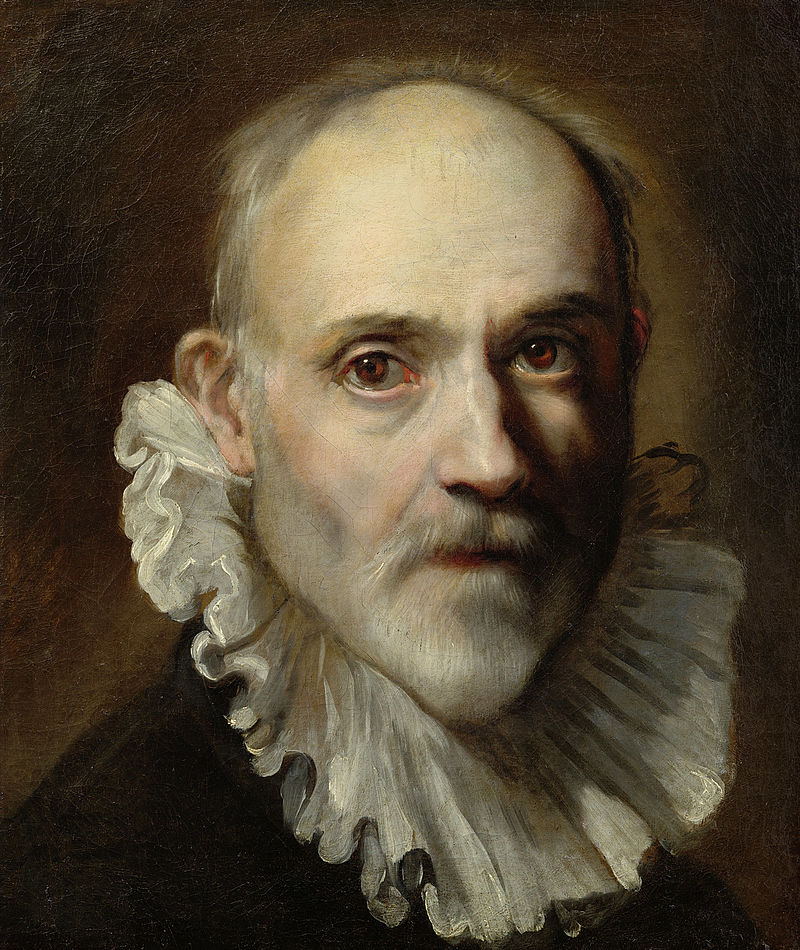Self-Portrait
Federico Barocci (1535 (?) - 1612)
Framesize 59.00 x 52.00 x 6.90 cm
Barocci’s oeuvre is defined by his numerous devotional pictures and altar-pieces, as well as hundreds of surviving drawings and sketches. His finely executed Self Portrait demonstrates his talent as a portrait painter; comparison with other paintings suggests a date around 1600.
Barocci leaves us an expressive yet intimate picture: a snapshot and a character study. With large, alert eyes, still expressing detachment, the painter examines the viewer. The left side of the face is in shadow; the right side has a bright, pastel-like complexion with transparent nuances. This may be attributed to the influence of Antonio da Correggio and Venetian Renaissance artists. Barocci worked with flowing, superimposed colour fields ranging from gradated shades of grey to ochre. The ruff is painted with light, swift brush-strokes. The hollow cheeks and pale complexion indicate a severe long-term illness and constant poor health. Barocci suspected that due to his talent, he had been poisoned by envious colleagues in Rome. Contemporaries described him as a cantankerous hypochondriac. In spite of it all, thanks to his patron the duke, he was held in high esteem at the Urbino court until the end of his life, and received numerous commissions from religious and secular dignitaries.
There is a replica of the Salzburg painting at the Galleria degli Uffizi in Florence (inv. no. 1848), a preliminary drawing at the Martin von Wagner Museum in Würzburg (inv. no. 7205) and a workshop copy at the Galleria Nazionale delle Marche in Urbino.
HABERSATTER Thomas: Barocci Federico, Self-portrait, in: DUCKE Astrid, HABERSATTER Thomas, OEHRING Erika: Masterworks. Residenzgalerie Salzburg. Salzburg 2015, p. 10


